Find out the origin of the plant, why it is toxic, in which environments to use it and everything about how to grow it
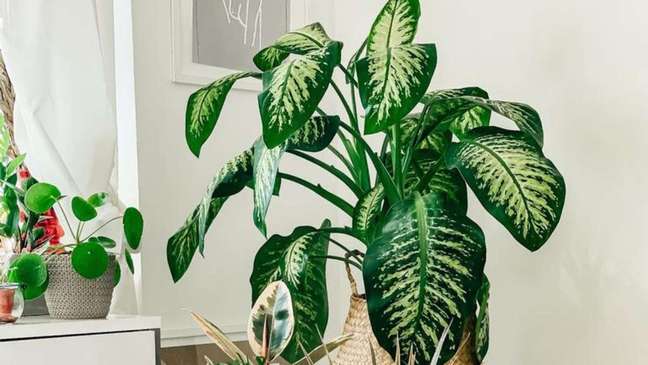
What is the me-nobody-can plant
if you are a plant loveryou’ve probably heard of Diefenbachia – or Nobody can with me, as it is best known. The species is widely used in interior decoration thanks to its tolerance to low light and low relative humidity. Super rustic and hardy, it’s ideal for novice gardeners.
Native to Colombia and Costa Rica, the plant is surrounded by myths and beliefs: it is believed to be able to ward off negative energies. For the more esoteric and superstitious residents, it could be the necessary floor plan for a cozier home, free from the evil eye.
Its size depends on the species chosen for cultivation: some develop flowers and fruitsshaped like berries, similar to flowers called a glass of milk, usually in summer.
Do you want to know more about the species, how to grow it and how to apply it in furniture? Watch:
Why is the plant called that?
The term “with me-no-one-can” does not exist at all and refers to it toxicity. Due to its properties, it should be kept out of the reach of pets and children.
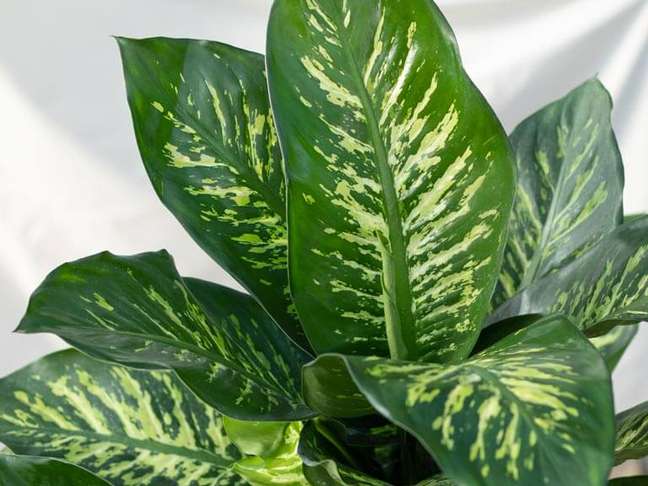
In the United States, the species is known as dumbcane (“dumb cane”), as many patients temporarily lose the ability to speak due to upper airway obstruction caused by the inflammatory process triggered by the plant’s toxic elements.
Can the me-nobody-plant be poisonous?
Because they are showy, the no-me leaves can attract the attention of children, especially those who are in the crawl phase. They usually bring the vegetables to their mouth. But, in the region of the leaves and the stem, the plant has cells called idioblastswhich retain a certain number of small needle-like crystals of calcium oxalate, called rapfuri.
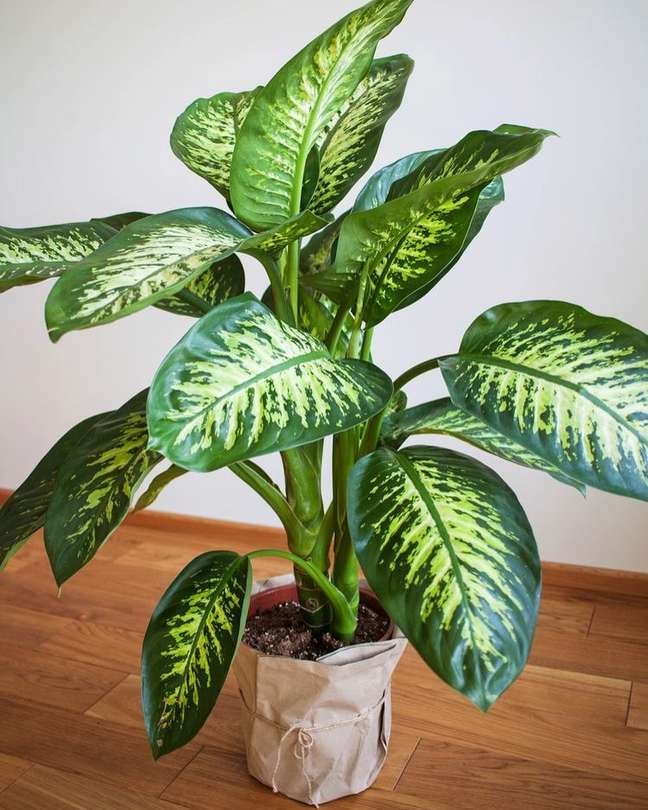
When they bring the plant to their mouth for chewing, the idioblasts inject the rapid into the baby’s lips and tongue, creating a great irritation characterized by severe pain and swelling. It also affects the digestive system and can cause gastrointestinal bleeding.
Furthermore, according to an alert published in the Jornal by Sociedade Brasileira de Dermatologia, calcium oxalate – a substance present in me-no-one-can -, if ingested, can cause swelling in the throat, resulting in asphyxiation and, in cases extremes, even death.
In case of poisoning by the plant, consult a doctor immediately.
Cultivation
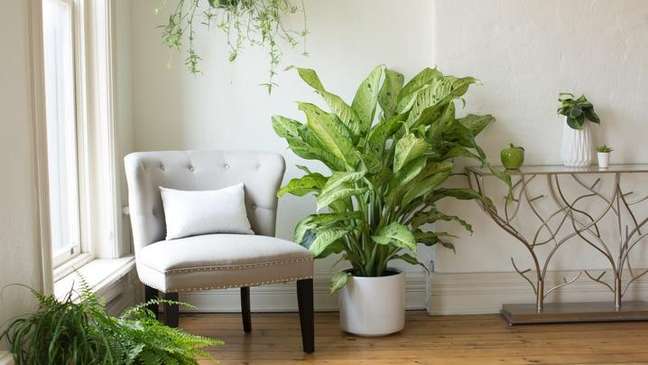
Given the initial warning for mothers and fathers of children and pets, it’s time to talk about cultivation. The me-no-one-can doesn’t require extreme attention and is a lot suitable for inexperienced gardeners, as it is very resistant. See below for some tips:
How to plant with me-no-one-can
To plant the species, know that the ideal lighting is partial shade. That is, you can place it inside without any problem. But remember that a partial lighting, even if indirect, it is still necessary. So the plant can develop better and keep its speckled color, which is largely responsible for its beauty. Without light, the spots can disappear.
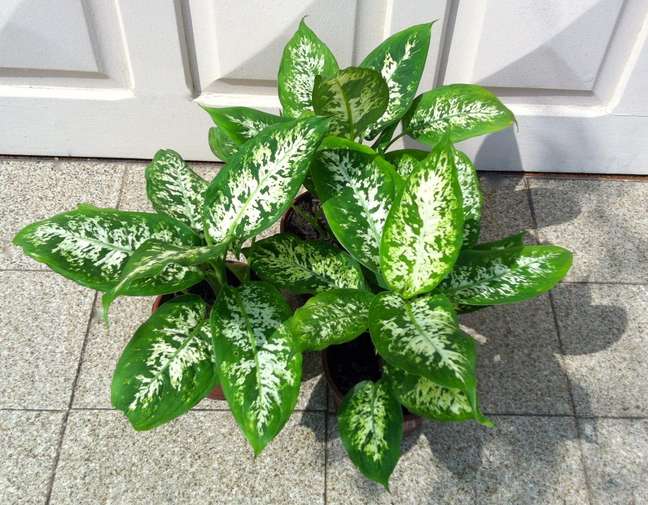
Even the me-nobody-can tolerate temperatures above 30 ° C and its cultivation is ideal for the hottest places with high humidity. The most suitable temperature range is between 20 ° C and 30 ° C. But it can adapt to low temperatures up to a maximum of 10 ° C.
As for irrigation, it is worth checking the soil: if the soil is dry, it’s time to water. But don’t soak it, as this can cause the roots to rot. The ground must be rich in organic matter and have a good draining capacity, to avoid the accumulation of water.
Opt for the 1: 1 ratio between sand and substrate. Also, for more efficient drainage, make a drainage layer at the bottom of the pot with crushed stone or expanded clay. Also make sure the pot has holes in the bottom.
A good substrate for me-no-cans is a mixture of earth and sand, but compost, humus and manure can be used sparingly. As a fertilizer, use NPK in a 10-10-10 ratio once a year.
How to replant with me-nobody-can
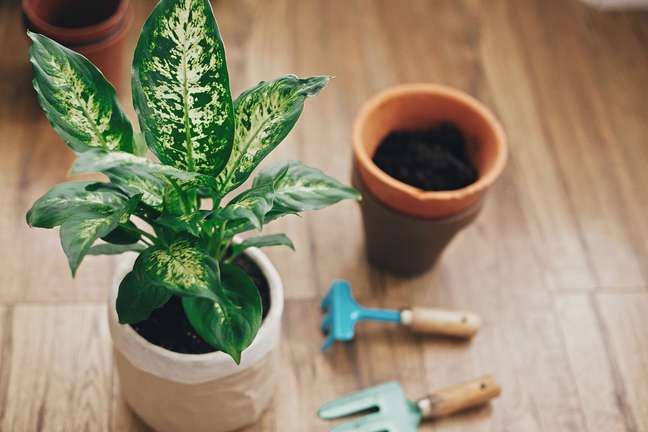
The propagation of this plant occurs with cuttings produced from pieces of pruned stems of the original plant. This stake can be placed in the ground or water to take root.
Another way is to separate the mini headphones which grow sideways to be planted in a new location. If possible, keep the existing roots in the shoots. If you can’t, do as with stems and replant them so you can make new ones.
How to change with me-nobody-can
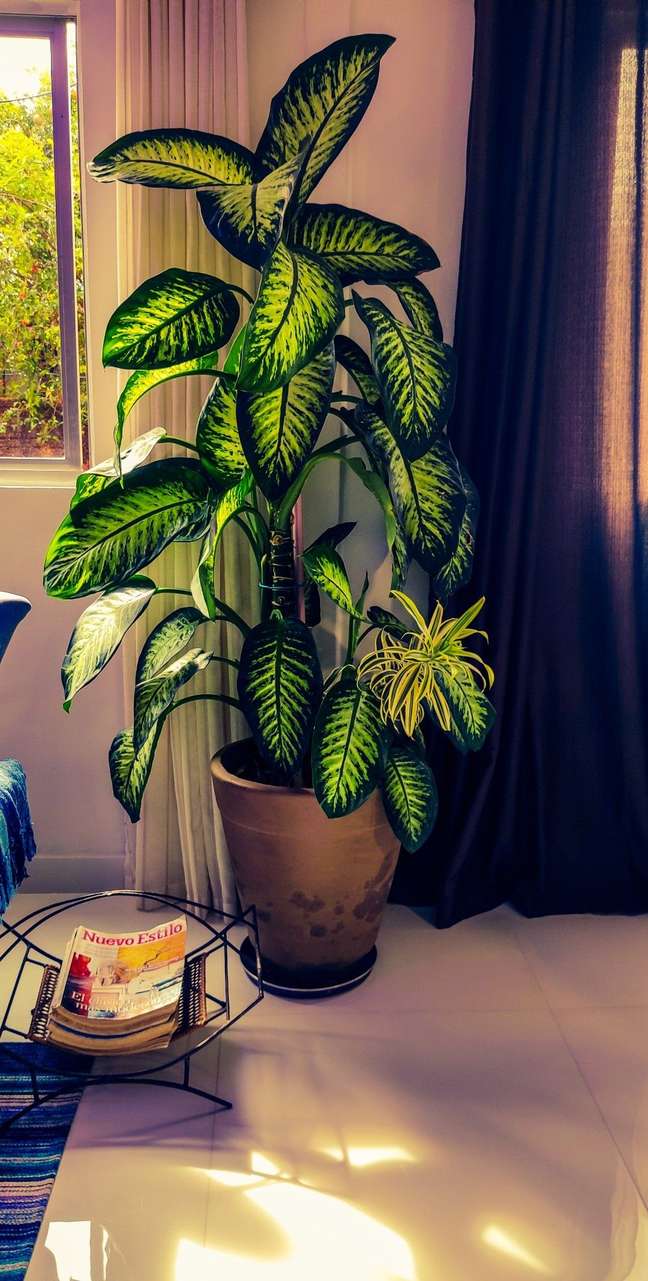
To make seedlings, use the same process as for replanting. They can be entered disposable plastic cups or card. When it is older, transplant it into a permanent pot. If you have opted for the plastic cup, you will need to remove the plant; if you used the paper one you can plant it directly in the pot or in the flowerbed.
Make sure the roots aren’t smothered – if they are, cut the paper cup so they can come out.
treatment
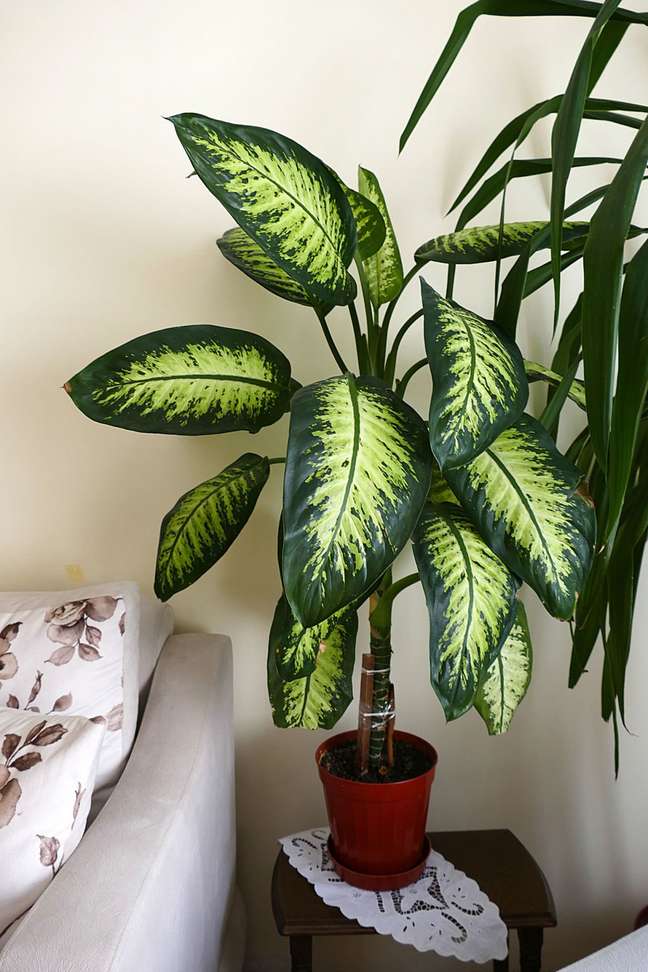
If the leaves begin to to bring out, one at a time, do not despair: it is part of the life cycle of the plant. But if it occurs with more than once, it could mean that you are offering too much water.
To treat, better space out the waterings and check that the roots are not rotten. Transplanting to a new pot may be necessary.
If the plant is getting Brown, he may have been suffering from a fungal disease called anthracnose. With it, the leaves have spots in the center and at the edges and end up dying. The disease occurs when the plant is in a place with excessive cold and humidity. If this happens to your plant, remove the diseased leaves and leave it in a well-lit and airy place.
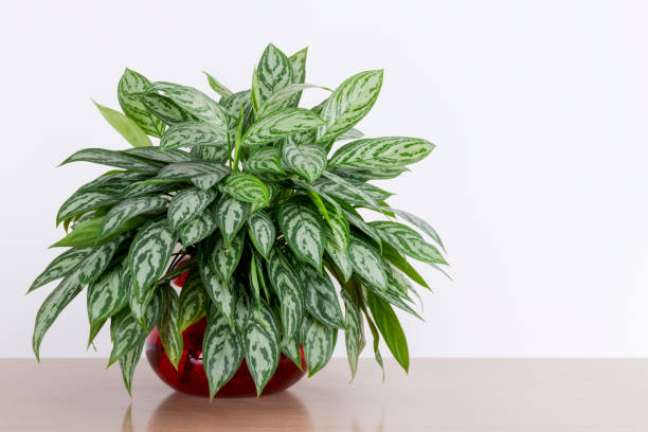
deformed leaves, in turn, can indicate the presence of the mosaic virus, transmitted through the aphid. If infected, there is nothing you can do. Just discard the plant so that it doesn’t pass it on to others.
Finally, rotten stems and roots can mean black rot, which occurs when the plant is exposed to very extreme temperatures. This can cause the plant to die very quickly, so remove the rotten parts as soon as possible.
What good is me-nobody-can
The me-nobody-can is considered a plant that brings good energy and, therefore, can be used in Feng Shui: place it in outdoor areas or at the entrance to the house to ward off the evil eye. In areas with a lot of coexistence, it can help avoid conflicts.
Common plants sympathies with me-no-one-can
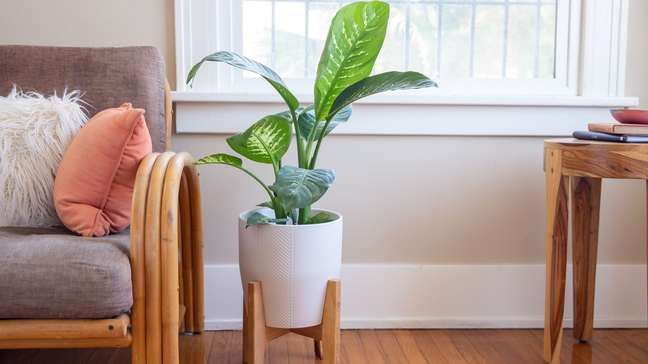
It is believed that the plant is able to ward off envy and bad luck. Because it is associated with spiritualitythere are several sympathies related to their species, like this one:
First, plant a me-no-can seedling in a pot and carefully place two nails into the soil, one on each side of the plant. After that, place the plant at the entrance to your house and say the phrase “No one will put the evil eye in my house” three times. Finally, he recites the Our Father and the Hail Mary three times. Don’t forget to wash your hands after coming into contact with the plant or to wear gloves.
Which environments are suitable for me-no-one-can
The me-none-can be used in a variety of home environments. Many residents, as mentioned, choose to place it in the Prohibited or inside outdoors, but interior spaces can also benefit from its aesthetics. Check out some inspiration below:
“).”
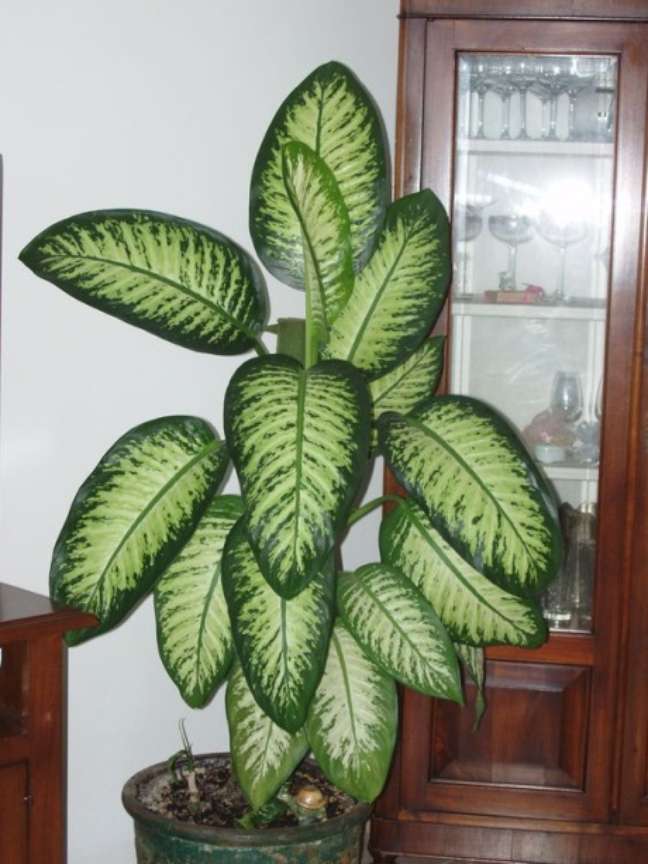
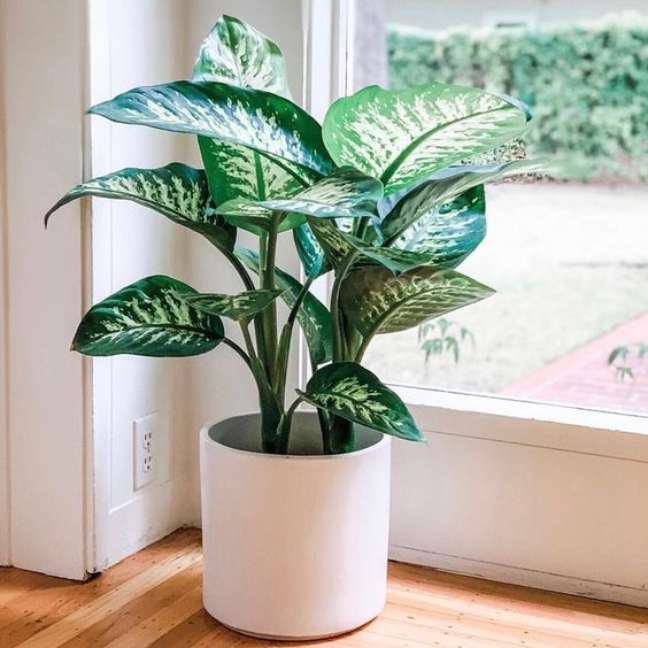
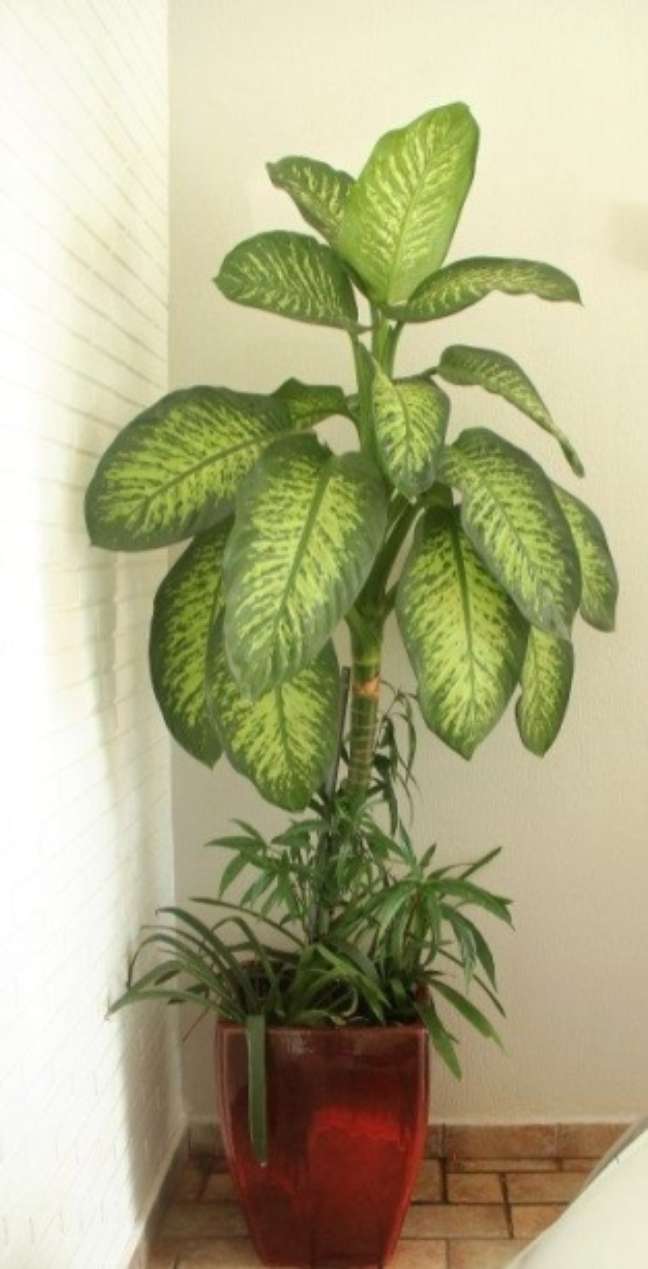
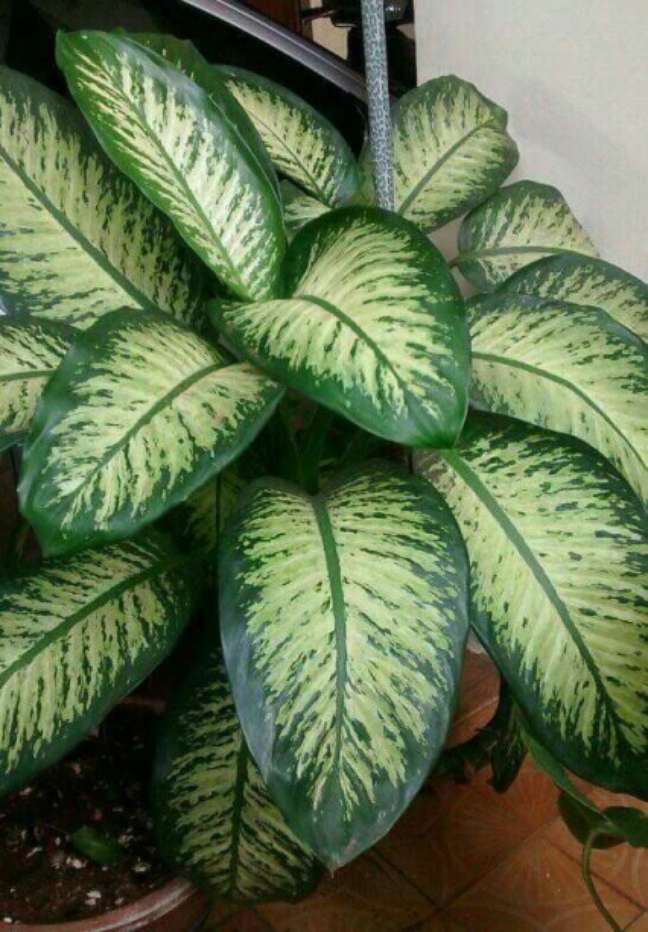
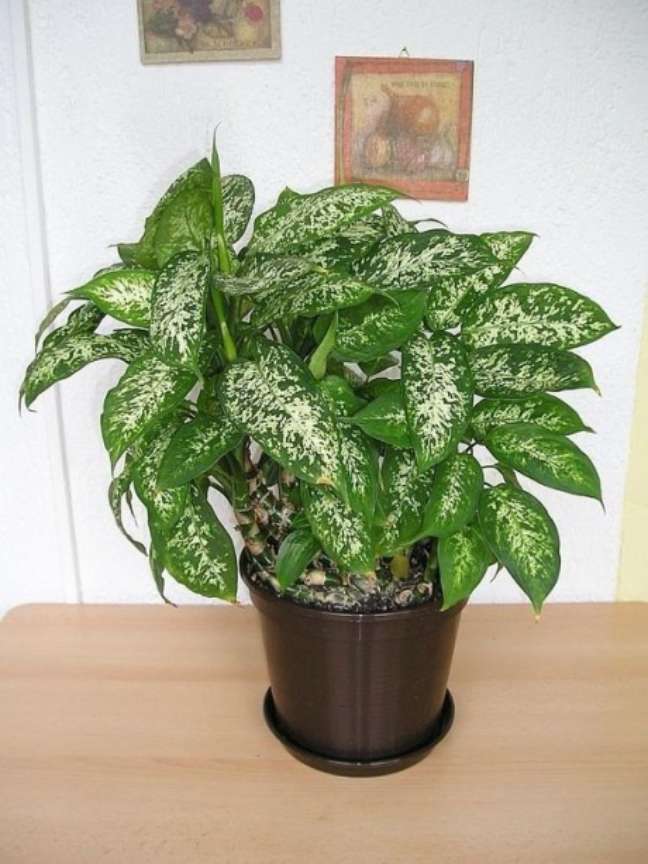
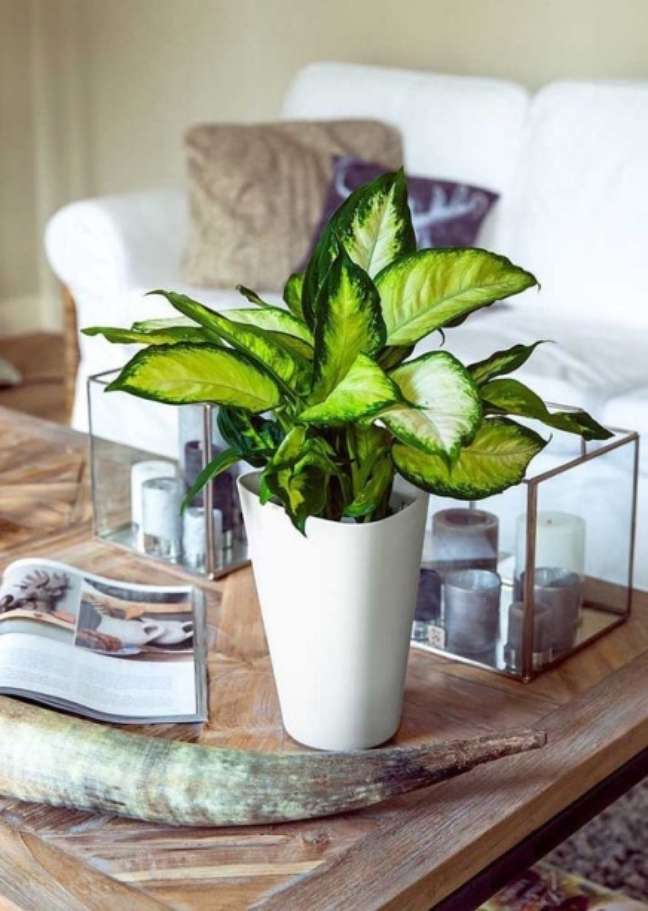
Source: Terra
Benjamin Smith is a fashion journalist and author at Gossipify, known for his coverage of the latest fashion trends and industry insights. He writes about clothing, shoes, accessories, and runway shows, providing in-depth analysis and unique perspectives. He’s respected for his ability to spot emerging designers and trends, and for providing practical fashion advice to readers.







